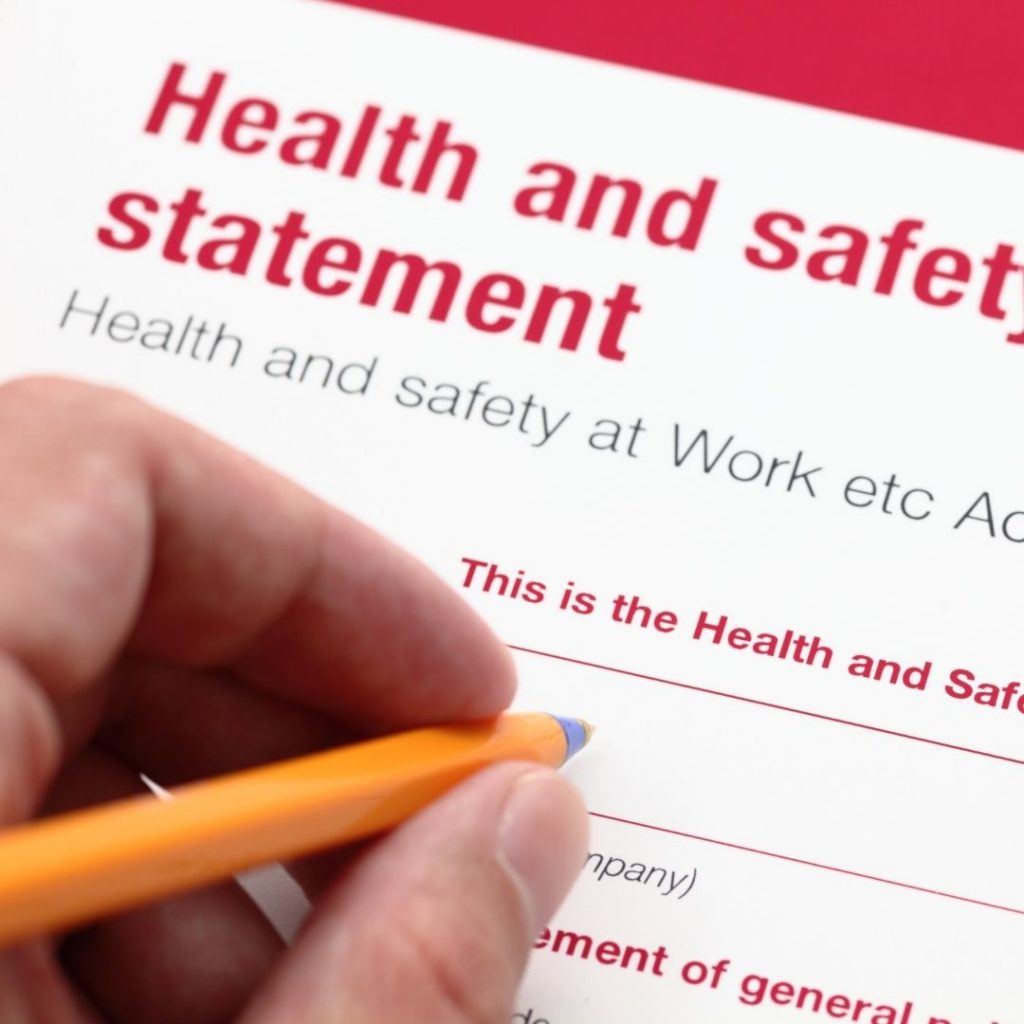Taking a structured approach can ensure clarity
EDITOR’S NOTE: This is the first commentary in a four-part series designed to help employers navigate Bill C-65 to ensure compliance.
On Jan. 1, new regulations related to Bill C-65 toward the prevention and resolution of violence and harassment in the federally regulated workforce came into force.
Having reviewed numerous organizations’ policies and practices from before Bill C-65, it is safe to say that even though many have a foundation, some will need to make changes to their policies and practices so that they comply with the new regulatory requirements.
As the old saying goes, to eat an elephant, you must do it one bite at a time. Taking a structured approach can help you become clear on what you must do as an employer to be compliant.
We will begin with the foundation of what you must know and do:
New definition of violence and harassment
Part II of the Canada Labour Code now includes a definition of violence and harassment that reads: “any action, conduct or comment, including of a sexual nature that can reasonably be expected to cause offence, humiliation, or other physical or psychological injury or illness to an employee, including any prescribed action, conduct, or comment.”
This definition was intentionally made to be broad to capture a multitude of behaviours.
You will want to review the definition used by your organization to ensure that it captures the same breadth of behaviours.
New role for health, safety committee
The biggest change in this legislation is how health and safety committees or occupational health and safety (OH&S) representatives will be interacting with workers when there has been an occurrence (i.e. incident) of violence and/or harassment.
Complaints must now be made to supervisors or a newly required position called the “designated recipient,” whom the regulations define as the person or group that receives and investigates complaints of harassment or violence in the workplace.
Complaints of violence or harassment can no longer be made to the committee. However, the regulations make it clear that the policy or workplace committee’s role (depending on the size of the workplace) is now to be a joint partner in employer activities that are required by the regulations (see next section).
What are the employer’s new requirements?
The new regulations now explicitly require the employer to:
1. Work jointly with the appropriate committee to:
– perform a workplace assessment that consists of the identification of risk factors for violence and harassment
– develop a workplace harassment and violence prevention policy
– develop emergency procedures
– develop or identify training on workplace harassment and violence that is to be provided to employees, the employer, and the designated recipients
– review the policy every three years
– implement recommendations from investigator reports.
2. Establish the prescribed processes to resolve a complaint of violence and harassment.
3. Make information available to workers regarding the medical, psychological, or other support services that are available within their geographical area.
4. Ensure a process to confidentially retain required records.
5. Ensure that all workers are provided training specific to the culture, conditions, and activities of the workplace, which includes:
– the elements of the workplace harassment and violence prevention policy
– a description of the relationship between workplace harassment and violence and the prohibited grounds of discrimination set out in subsection 3(1) of the Canadian Human Rights Act
– a description of how to recognize, minimize, prevent, and respond to workplace harassment and violence.
In the remainder of this web series, the authors will examine the new requirements for the resolution process; the role of the designated recipient; the specifics of what needs to be covered in a violence and harassment policy; and the importance of your initial violence and harassment risk assessment.
Stay up to date and sign up for one of our newsletters for topics on joint health and safety committees, occupational health and safety and more!
